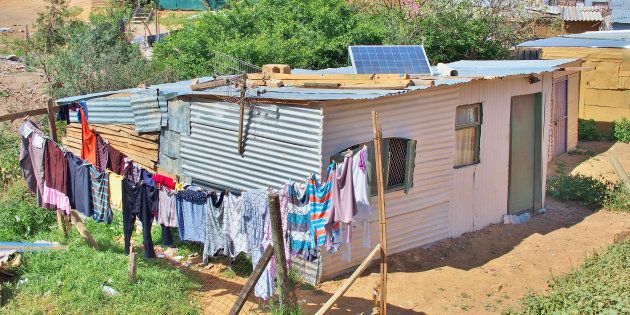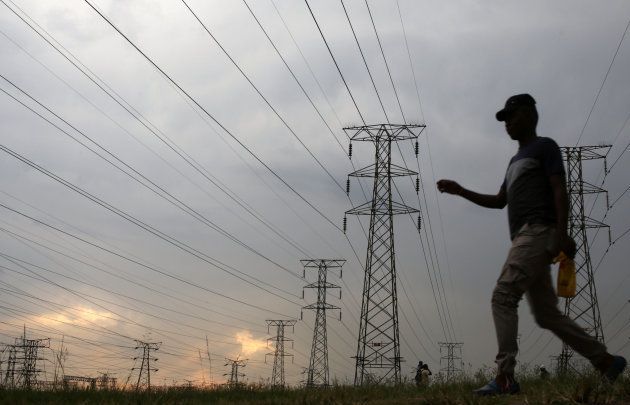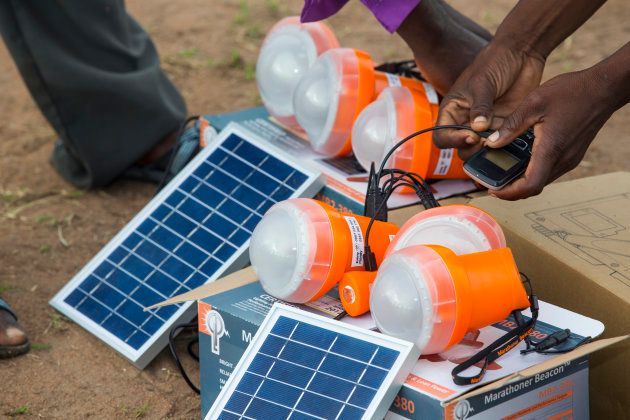
Dynamic change: towards a sustainable energy mix for Africa
In Africa, access to affordable power remains a major issue for the economic wellbeing of the continent. The question of how this power will be supplied is one with which all countries are grappling. Compared to the rest of Africa, South Africa is well endowed, with a robust, centralised generating and transmission system of about 35GW of installed capacity.
Elsewhere in Africa, emergent networks are becoming a reality, with mini-grids that are gradually becoming more connected. In the emergent network space, solar power is becoming the installation of choice. The International Solar Alliance is targeting 1,000GW to be installed by 2030. There is clearly a growing appetite for renewable energy in Africa, but there is a triangle of dependence between the security of supply, environmental management and affordability issues – the IEA's "energy triangle". Every territory must find its ideal way of balancing these considerations.
There are certain key trends that drive the way these considerations interact. The reliability of existing grid service providers is a big issue throughout Africa. Typically, 30 percent of African countries experience an outage of some sort once every three or four days. Consumption is low. Typically, sub-Saharan African per-capita electricity consumption remains a few hundred kWh a year. The average suburban Johannesburg resident will consume in 10 days what the average resident elsewhere in sub-Saharan Africa consumes in a year.

While energy access has increased in sub-Saharan Africa, with about 150-million more people gaining access to electricity over the past 10 years, it has not kept pace with population increase. Against this backdrop, (apart from the centre of Australia) Africa has about the best solar resource in the world. Typically, it's about three times better than Europe.
Africa has a fairly resource-intensive set of economies. The mining industry is power hungry and keen to diversify its energy supply. Historically, the power supply of choice has been diesel, which is not favoured environmentally. The possibility of hybridising diesel with solar is also being pursued.
More recently, policy changes are favouring renewables. There are tax benefits and depreciation benefits. Africa's fundamental developmental challenge is that 650-million people – half of the continent – have no access to power. Lack of access to electricity fundamentally affects economic growth. The World Economic Forum warns that Africa risks missing out on the Fourth Industrial Revolution and its attendant economic benefits because of its low levels of access to electricity.
The fact is that fossil fuels will continue to supply most of Africa's power needs in the short to medium term.
Linked to the lack of grid electricity are social and economic problems affecting education and health. Subsequently, people are using energy sources that are available and affordable, such as biomass, which dominates the energy mix in sub-Saharan Africa, where it's used by 730-million people. One-third of sub-Saharan Africa is covered by forest – the total forest biomass stock is 130-billion tonnes. But this is finite and being depleted at unsustainable rates. The domestic burning of biomass leads to indoor emissions that are inhaled and cause respiratory disease.
The African Development Bank's Light Up and Power Africa plan aims to increase grid connections to 130-million people by 2025, while making 75-million off-grid connections through public-private partnerships. The short-term, quick way to get electricity to these 130-million people by 2025 could lie in large- and small-scale solar investments.
Aside from the quick, effective turnaround time of these plants, they could contribute to 8-million ton of reductions in CO emissions. There is agreement on the benefits of renewable energy for Africa's developmental and environmental needs. However, the fact is that fossil fuels will continue to supply most of Africa's power needs in the short to medium term.

In South Africa, there is scope for an increased proportion of renewables in the South African energy mix, but the IEA states that coal was still responsible for 70 percent of South Africa's primary energy consumption in 2014.
While the department of energy is showing renewed commitment to the Renewable Energy Independent Power Producer Projects (REIPPP), with 27 projects to the value of R56-billion intended to be signed in March, the process has been stalled owing to concerns raised by union Numsa in respect of other economic losses in the mining sector.
Arriving at an end-state vision for Africa's electricity sector will have to wait while the sector remains in its current situation of dynamic flux. It's an exciting time and indications are positive, not least because of Africa's generous endowment of renewable resources. But in Africa, every country's ultimate energy mix will be the one that best balances its social, economic and political considerations.
Paul Fitzsimons is the general manager of power and energy, and Louwrens van der Merwe is a sustainability consultant, at GIBB Engineering & Architecture.